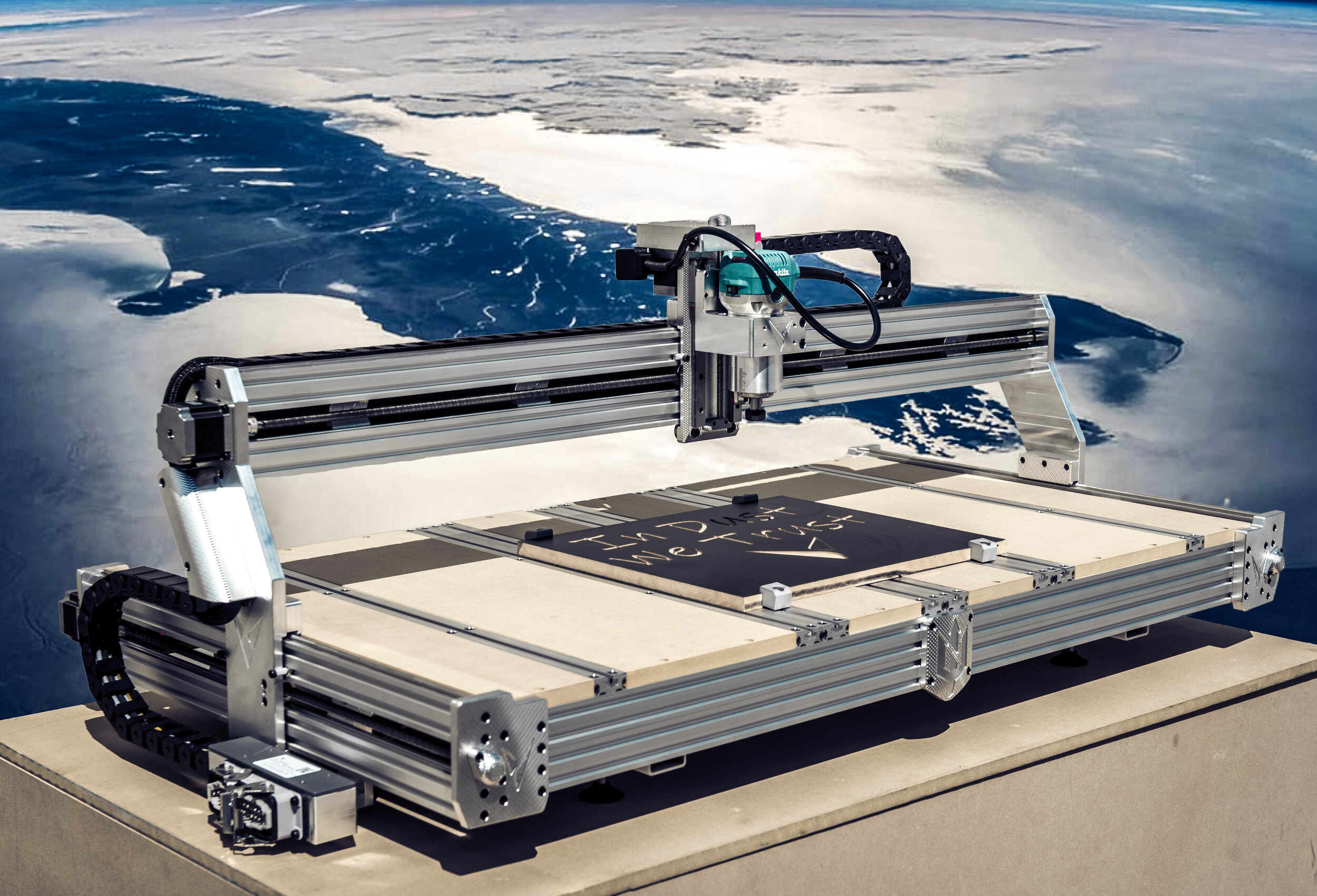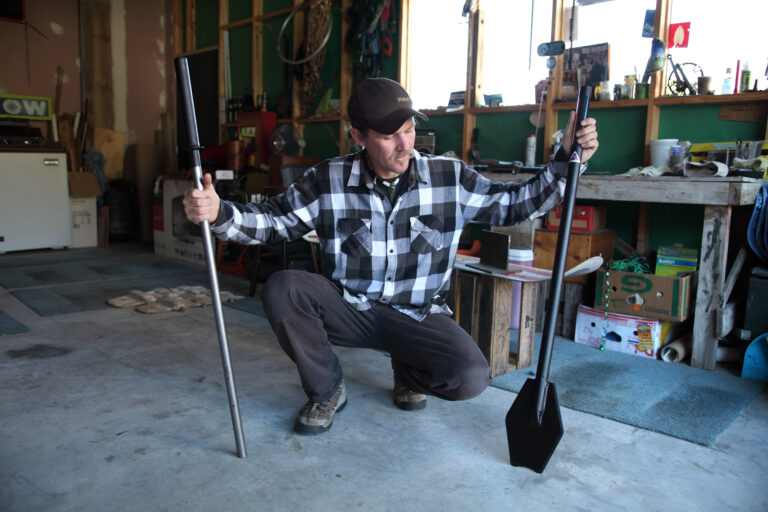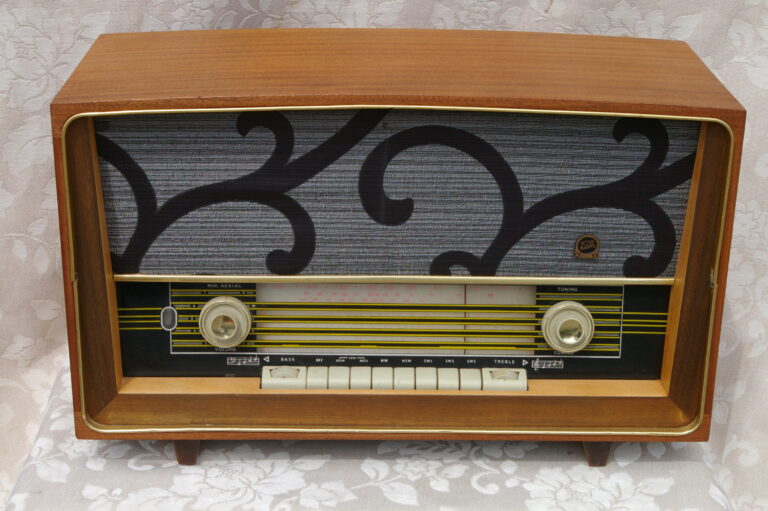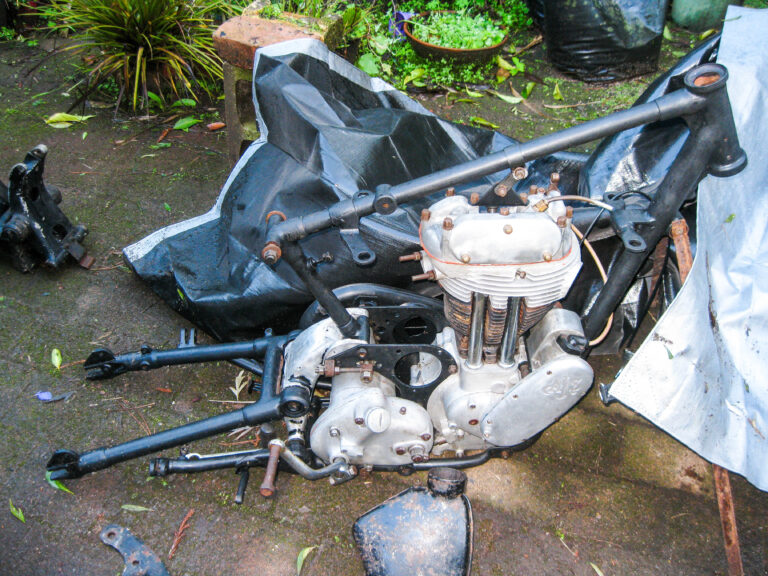Vertigo CNC routers are proudly New Zealand–designed-and-developed, and they’re locally manufactured too, in Christchurch. The mid-size desktop Vertigo MX2-N, which has a working area of 1200 x 600 x 120mm, delivers accuracy, utilizing lead screws and stepper motor control, at an affordable price.
It offers flexibility in part size and material choice, working with plywood, wood, plastics, aluminium, and other non-ferrous metals, and there’s a Facebook community of more than 600 users for this desktop router. The Vertigo MX2-N CNC has an RRP of $6995, incl. GST. or $47.00 per week on finance. For more information, visit vertigocnc.com, or see Vertigo’s YouTube channel, or visit Facebook.com/vertigocnc.




